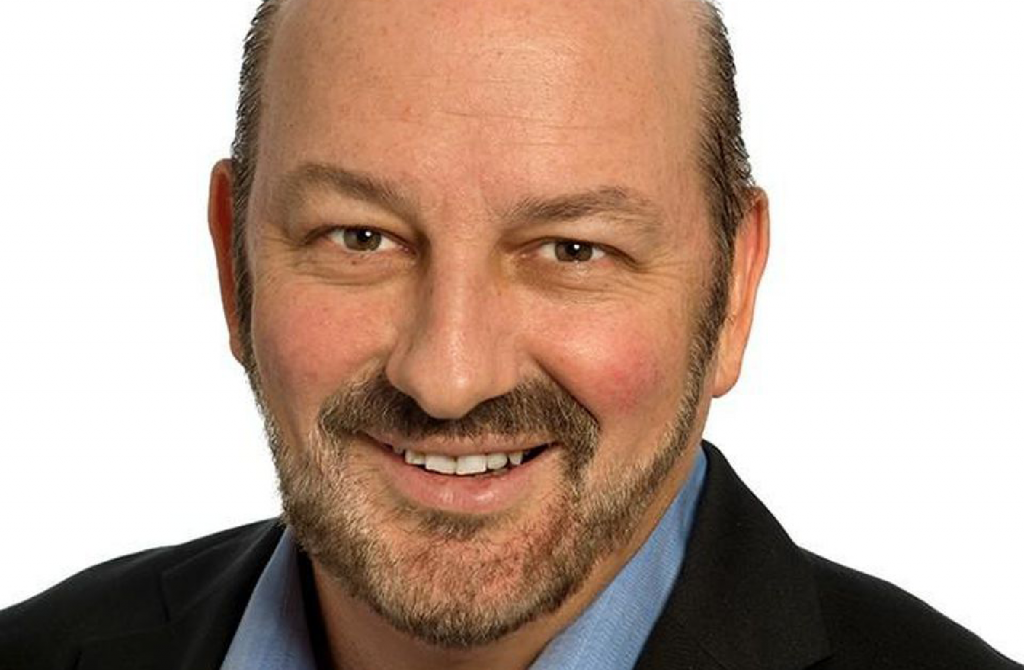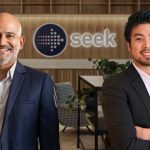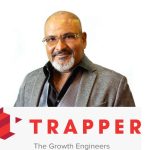By Greg Paull, Co-founder and Principal, R3
Every year, the CEOs of some of the world’s biggest consumer packaged goods (CPG) companies present annual results and go-forward strategies at a conference hosted by the Consumer Analyst Group of New York. This year’s reports have been unique due to the pandemic. Interrupted point-of-sale, increase in demand, and a swift shift to online shopping are just three things that have set the CPG agenda.
One could say that if future growth in the CPG industry were to be summed up in two words, they would be efficiency and e-commerce. From Clorox to Unilever, how each company plans to sustain performance and achieve their goals is where the difference (and eventual stakeholder returns) lie, but there are five common trends useful for any marketer regardless of category.
1. Data is The New Oil.
Now that everyone has bought into it, there’s no ignoring the cost and operational efficiencies that can be brought about with data. From connected factories and supply chains (Nestlé) to consumer insights (Kellogg’s) and sales and distribution strategies (Coca-Cola), any company that is interested in growth needs to support action with data.
This is only good news for CPG marketers. More information across the value chain means a greater ability to make informed decisions. The challenge will be ensuring the data is fresh, integrated, and actionable, which means we’re likely to see an increased demand for talent with these capabilities.
2. Strengthening the Core
For the majority of CPG companies, growth will come from strengthening the position of their core products. This is particularly true of food and household goods (versus brands like L’Oreal that rely on regular cycles and launches), and some are actively supporting this approach by reducing the number of SKUs they carry. The focus on core renovation means incremental innovation, a greater focus on dynamic creative, and making household names digital-first brands. We can expect to see the same familiar names, a similar (if not better) product that is more easily available, connected, and reflective of current lifestyle trends.
3. Smart Sourcing & The Value Chain
Cost infrastructure efficiencies across the value chain have led to significant savings for CPG companies. Companies are not spending less; they are spending smarter. P&G is using new tools like propensity modeling to decrease spend while increasing reach and relevance. The company is also investing in advancing its supply chain networking capabilities. Making more environmentally sustainable choices has also been a focus of more mature CPG brands.
For marketing, this signals the importance of ensuring that agency and in-house models reflect overall business goals and are designed with efficiency in mind. Contract agreements and payments also need to be reviewed to meet standards.
4. Big Wins in e-Commerce
Some companies have done better with digital retail than others, but every CPG company has set a goal to increase their e-commerce sales to compensate for loss of revenue from point of sale affected by the pandemic. For L’Oreal in the US, e-commerce made 22% of sales in 2020 and showed an 83% sales growth. For Nestlé, e-commerce made 10% of net sales. The drive to increase conversion on e-commerce means that marketers are aligning their omnichannel strategies accordingly.
It’s not just about being present on the right platforms, but investing in talent, digital media, customer service and engagement, data and analytics, and getting the integration of martech stacks right.
5. Streamlining Structure
Smarter ways of working haven’t been limited to external inputs and relationships. Companies like P&G (who implemented a new organization structure in 2019), Kraft Heinz and Spectrum Brands have looked at the design of their operating and marketing teams as one way to increase efficiencies.
With the continued focus on digital, social, and e-commerce, we anticipate that working structures of traditional brands will face an update in the near future. Goals of greater speed, agility, and a data-driven mindset highlight a need for updated capabilities, processes, and better resource allocation.

Greg Paull is principal and co-founder of R3, a global independent consultancy focused on driving transformation for marketers and their agencies. www.rthree.com










